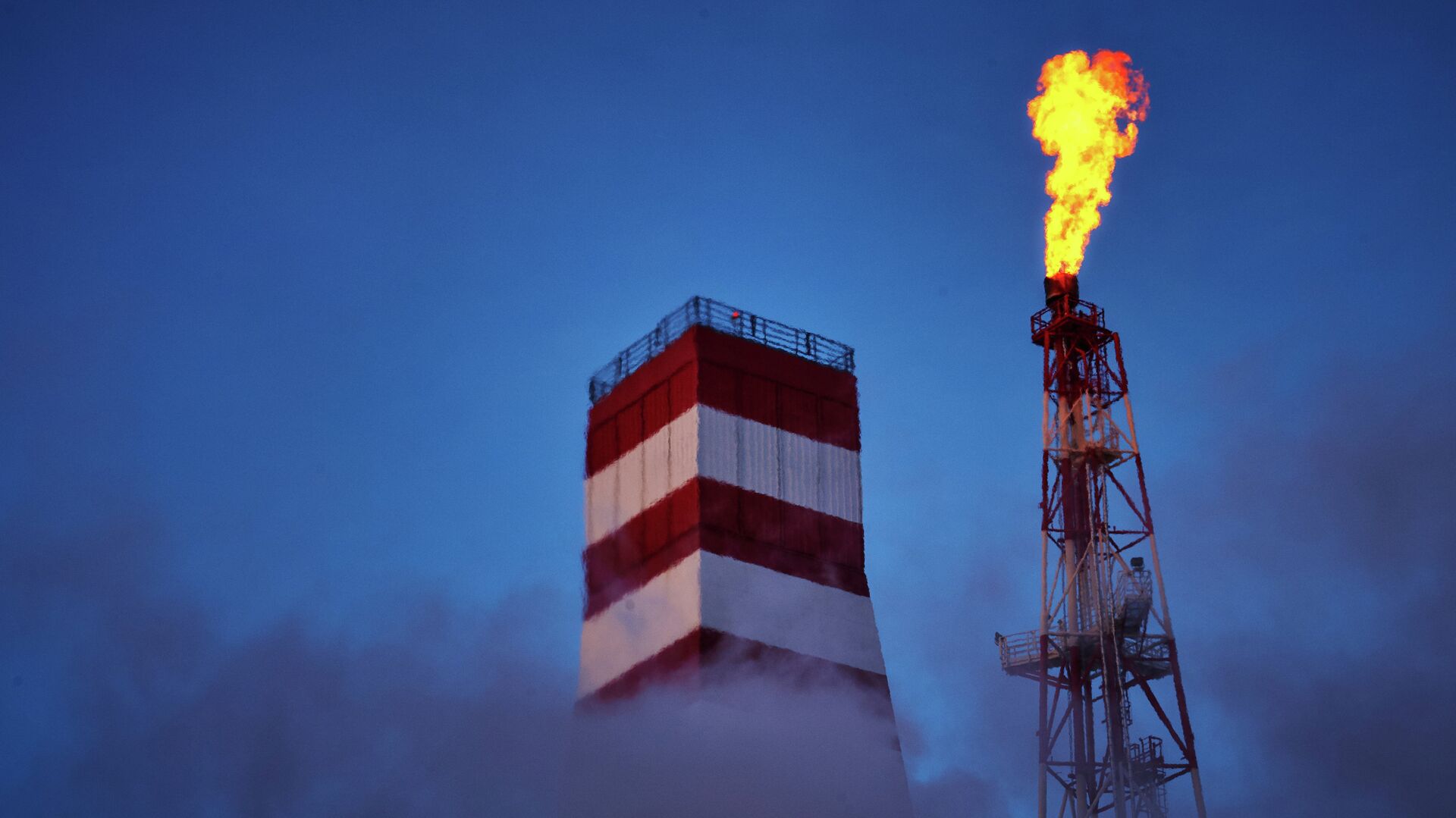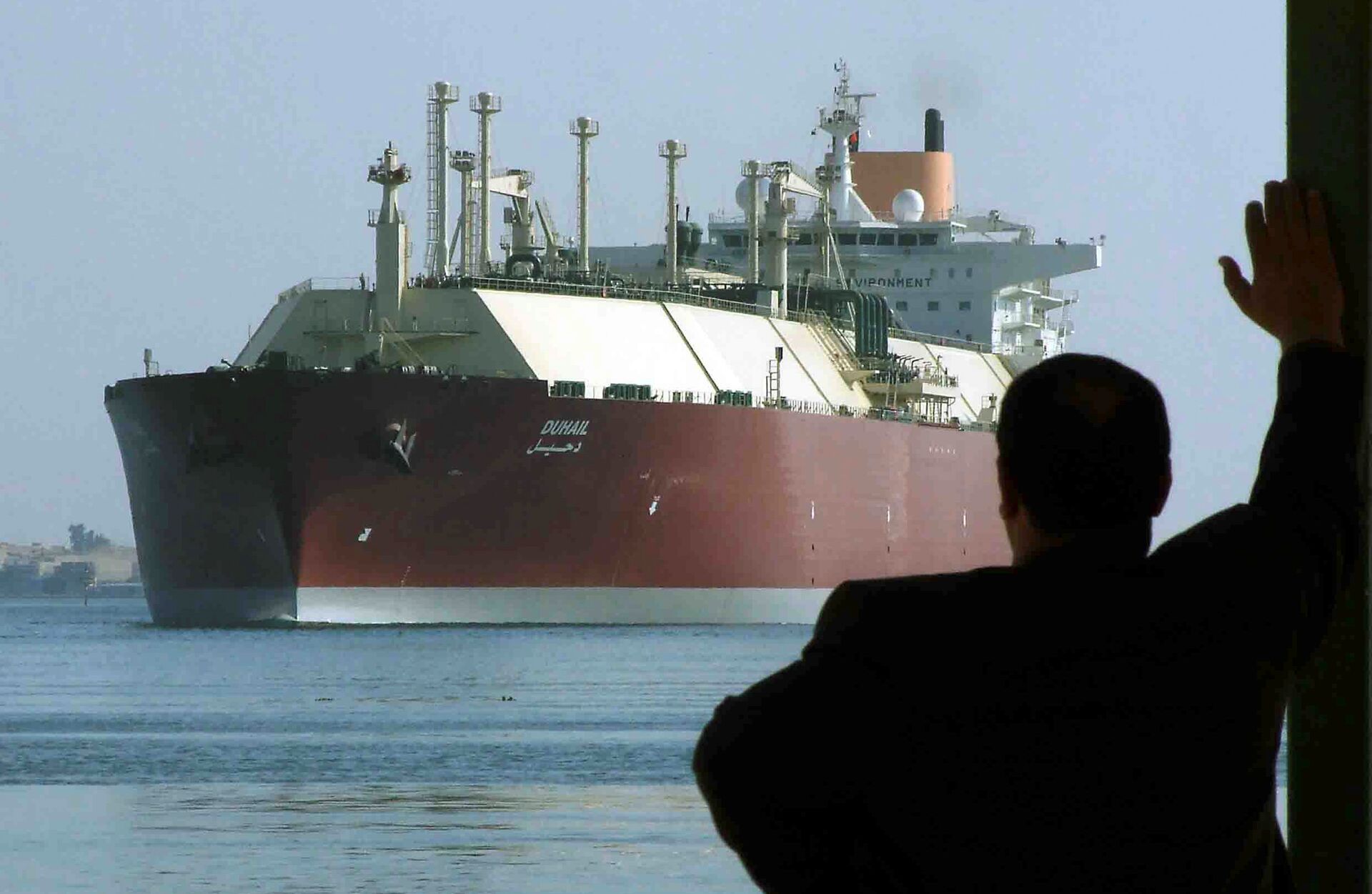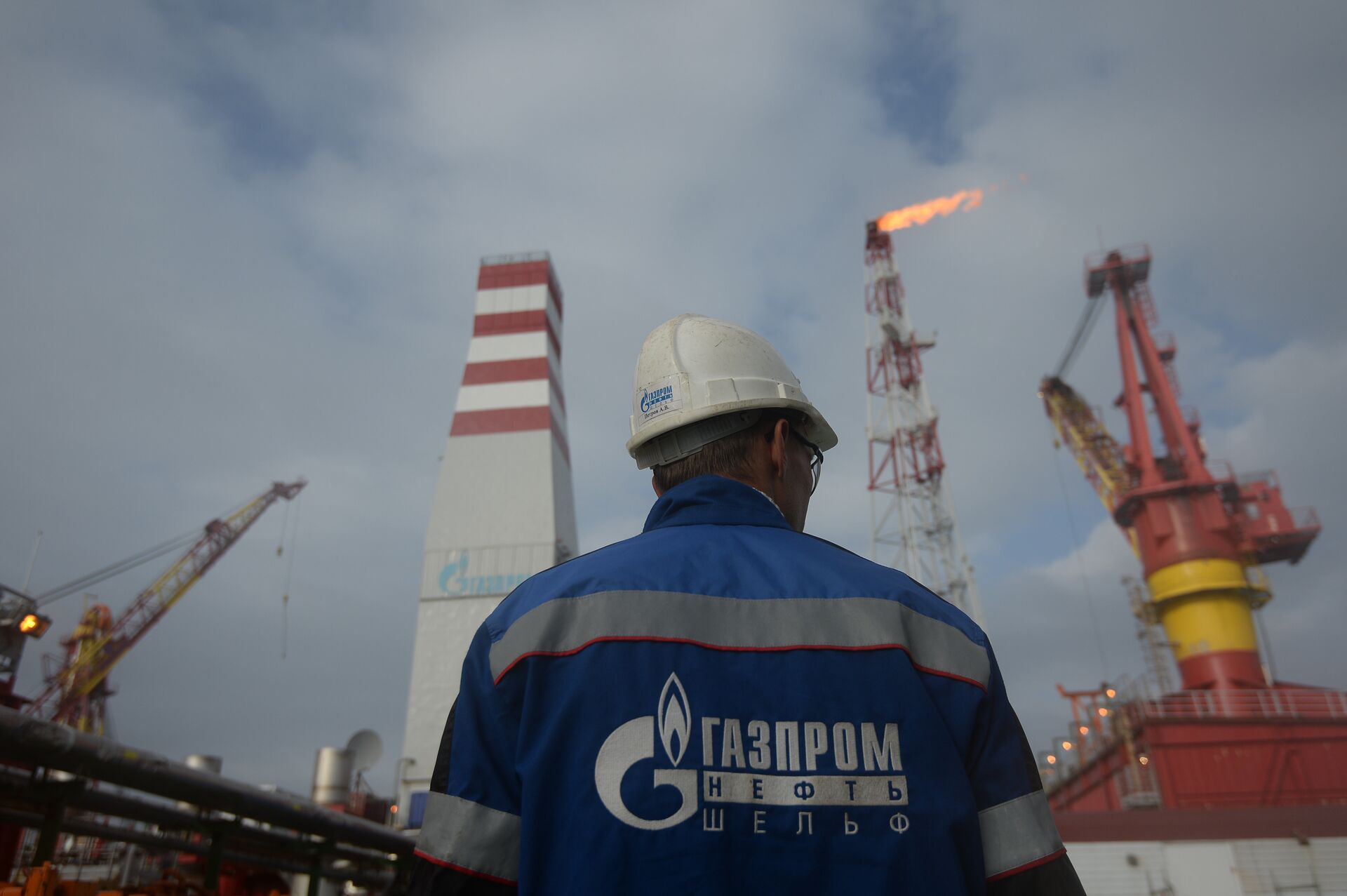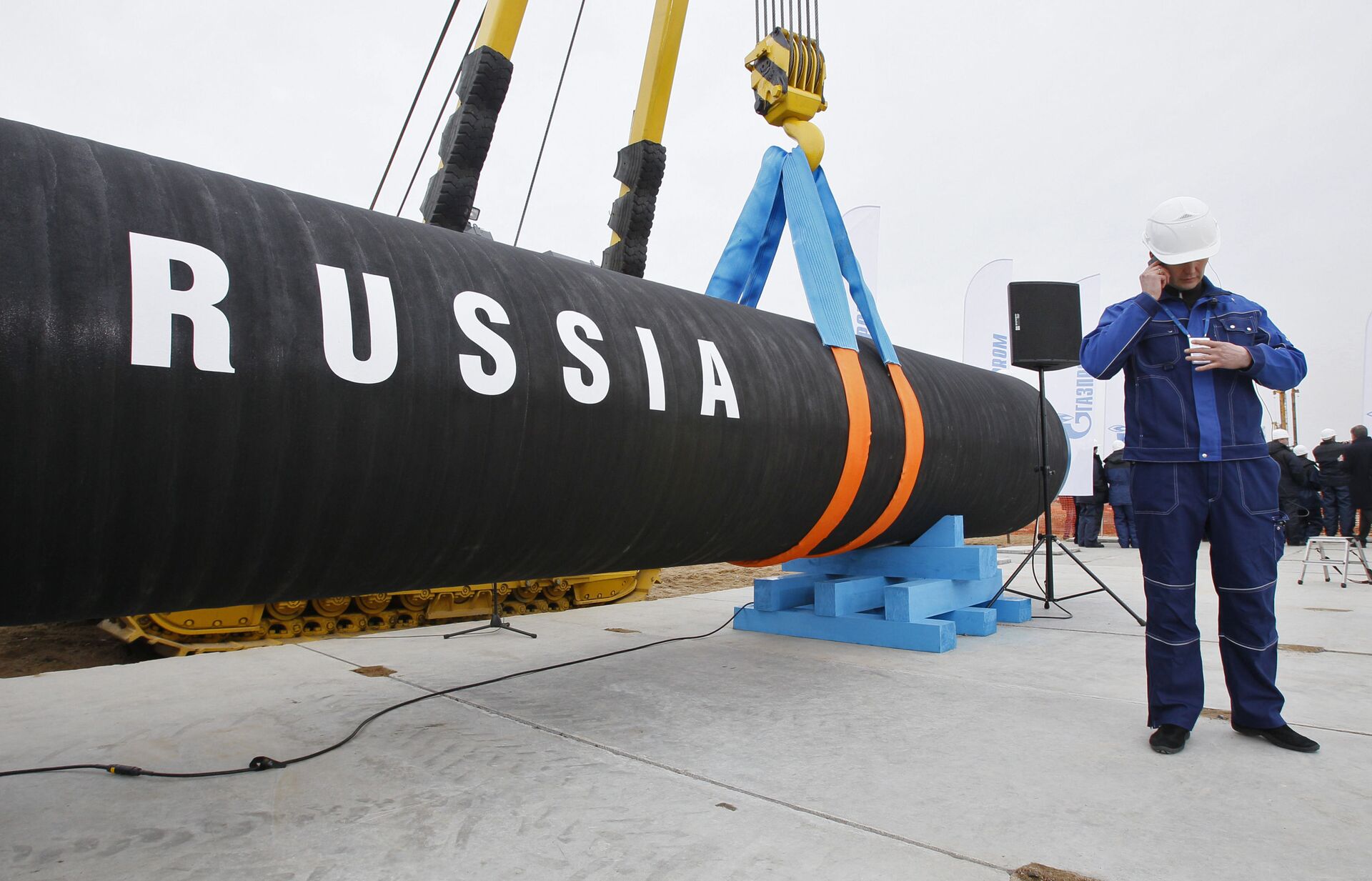https://sputnikglobe.com/20211008/what-role-could-russia-play-to-alleviate-britains-gas-crunch-1089768640.html
What Role Could Russia Play to Alleviate Britain’s Gas Crunch?
What Role Could Russia Play to Alleviate Britain’s Gas Crunch?
Sputnik International
Amid the ongoing gas crunch, European natural gas futures spiked to record highs this week, with ICE exchange data showing prices rising temporarily to... 08.10.2021, Sputnik International
2021-10-08T13:10+0000
2021-10-08T13:10+0000
2023-05-28T15:16+0000
north sea
vladimir putin
lng
irish sea
russia
nord stream 2
gas
united kingdom (uk)
https://cdn1.img.sputnikglobe.com/img/102253/16/1022531625_0:137:3154:1911_1920x0_80_0_0_550ac4881160f0c4091b468d16df3c3f.jpg
Against the backdrop of scenarios predicting peak gas demand this winter and record-surging global wholesale prices, the alarm has been sounded in the UK about the stability of the country’s energy supply. Particular concerns have been voiced regarding the period between October and the end of March, when a surge in demand is typically witnessed. Natural gas currently provides more than 84% of Britain’s heating needs and around 40% of the country’s electricity generation. National Grid Gas Transmission, which owns, manages, and operates the network, offered a winter forecast on 7 October that sought to allay some of the fears. It said that Britain’s infrastructure would receive enough gas to ensure that its electricity demand is safe. It touted the Grid’s “positive supply margin’, pointing to access to flexible supplies of gas from abroad, including ship-delivered liquid natural gas (LNG), pipeline gas from Europe and domestic gas production. The outlook noted that to compete successfully for supply from Europe this winter, UK gas prices would have to be higher than European gas prices. The Grid’s winter gas outlook report said that total UK gas demand is expected to reach 49.4 billion cubic metres (bcm), which is slightly lower than the past few winters.Warnings of tight power supplies throughout the winter, driven by demand and capacity issues, were issued by the National Grid electricity system operator. Gas accounts for about 40% of electricity generation in Britain. Soaring Prices Natural gas prices in Europe have risen sharply of late. European futures temporarily approached $2,000 per 1,000 cubic metres during trading on 6 October; a 38 percent spike was registered that day. A plethora of factors have been driving the price of gas up. Among them is the unusually cold winter of 2020-2021 that depleted European reserves. Replenishment stalled as many major producers were facing maintenance delays over coronavirus lockdowns. Calm weather also brought down the amount of 'green' electricity generated by wind power. Another factor has been an uptick in demand as economies reopen after COVID-19 lockdowns, and strong competition with Asia for ship-transported Liquified Natural Gas (LNG). The latter resulted in less of the liquefied gas reaching Europe. UK’s Gas Source The majority of the UK’s domestic sources of natural gas have come from the North Sea and Irish Sea since the early 1960s, with only about 1.5% coming from onshore. Gas piped from these fields to land refineries provides around 40 percent of the country’s supplies. Approximately the same proportion of close to 40 percent is made up of European imports. The biggest source from the continent comes via the Langeled pipeline across the North Sea, from Norway to the UK. At the time of its commissioning in 2006, this pipeline, from Nyhamna in Norway to Easington in Yorkshire, became the longest underwater gas pipeline in the world, at 1,200km. The Vesterled pipeline links St. Fergus in Scotland to a number of Norweigan gasfields. Another provider via pipeline is the Netherlands, Its pipeline runs from Balgzand to Bacton in Norfolk. The UK-Belgium interconnector (IUK) is a pipeline running between Bacton in Norfolk and Zeebrugge in Belgium. The remaining roughly 20 percent comes in the form of Liquefied Natural Gas (LNG) which is transported around the world in tankers at temperatures below -160C by ship. Qatar and the US are the largest suppliers of LNC. Britain has three import facilities, capable of meeting nearly 50% of annual demand, but operating flexibly depending on how LNG is traded on global markets. Britain also faces the added challenge of having smaller gas storage facilities, and is thus forced to buy large quantities on the wholesale market. Italy, Germany, France, Netherlands, Poland and Spain all have larger gas supplies than the UK, according to Gas Infrastructure Europe.Russia’s Role Russian gas imports into the UK amount to approximately 5 percent. However, the country’s role on the European gas market is much bigger, as it accounts for roughly 41 percent of the continent’s supply purchases. Amid the gas crunch, Russian firm Gazprom was accused by some European politicians of failing to boost supplies to tackle surging prices. A US State Department official claimed Russia delivered an "inexplicably low" amount of energy to the region "compared to both previous years". However, Russian President Vladimir Putin was quick to reject the allegations.He stated that Russian gas supplies to Europe in the first nine months of the year rose 15% compared to the same period in 2020 and could set a new record this year, with gas giant Gazprom unfailingly meeting consumer demands under existing supply contracts. Jittery markets were somewhat calmed after Putin stated on Wednesday that Russia was ready to work to stabilise the world energy market, adding that it should be built on a commercial basis, taking into account the interests of all participants.Kremlin spokesman Dmitry Peskov said on Thursday that existing gas transit routes could be used potentially for bolstering supplies before the Nord Stream 2 pipeline, set to deliver Russian gas to Germany, begins operating.
north sea
irish sea
russia
united kingdom (uk)
Sputnik International
feedback@sputniknews.com
+74956456601
MIA „Rossiya Segodnya“
2021
News
en_EN
Sputnik International
feedback@sputniknews.com
+74956456601
MIA „Rossiya Segodnya“
Sputnik International
feedback@sputniknews.com
+74956456601
MIA „Rossiya Segodnya“
north sea, vladimir putin, lng, irish sea, russia, nord stream 2, gas, united kingdom (uk)
north sea, vladimir putin, lng, irish sea, russia, nord stream 2, gas, united kingdom (uk)
What Role Could Russia Play to Alleviate Britain’s Gas Crunch?
13:10 GMT 08.10.2021 (Updated: 15:16 GMT 28.05.2023) Amid the ongoing gas crunch, European natural gas futures spiked to record highs this week, with ICE exchange data showing prices rising temporarily to approach $2,000 before plunging. Markets soothed somewhat after President Vladimir Putin's statements on 6 October about Russia's readiness to stabilise rising energy prices.
Against the backdrop of scenarios predicting peak gas demand this winter and record-surging global wholesale prices, the alarm has been sounded in the UK about the stability of the country’s
energy supply.
Particular concerns have been voiced regarding the period between October and the end of March, when a surge in demand is typically witnessed. Natural gas currently provides more than 84% of Britain’s heating needs and around 40% of the country’s electricity generation.
National Grid Gas Transmission, which owns, manages, and operates the network, offered a winter forecast on 7 October that sought to allay some of the fears. It said that Britain’s infrastructure would receive enough gas to ensure that its electricity demand is safe. It touted the Grid’s “positive supply margin’, pointing to access to flexible supplies of gas from abroad, including ship-delivered liquid natural gas (LNG), pipeline gas from Europe and domestic gas production.
“We have a positive gas supply margin in all of our supply and demand scenarios, and there is a positive storage position as we enter the winter. We have a range of tools available to manage any operational requirements that we might encounter,” Ian Radley, director of gas system operations, was cited as saying.
The outlook noted that to compete successfully for supply from Europe this winter, UK gas prices would have to be higher than European gas prices. The Grid’s winter gas outlook report said that total UK gas demand is expected to reach 49.4 billion cubic metres (bcm), which is slightly lower than the past few winters.
Warnings of tight power supplies throughout the winter, driven by demand and capacity issues, were issued by the National Grid electricity system operator. Gas accounts for about 40% of electricity generation in Britain.
Natural gas prices in Europe have risen sharply of late. European futures temporarily approached $2,000 per 1,000 cubic metres during trading on 6 October; a 38 percent spike was registered that day. A plethora of factors have been driving the price of gas up. Among them is the unusually cold winter of 2020-2021 that depleted European reserves. Replenishment stalled as many major producers were facing maintenance delays over coronavirus lockdowns. Calm weather also brought down the amount of 'green' electricity generated by wind power.
Another factor has been an uptick in demand as economies reopen after COVID-19 lockdowns, and strong competition with Asia for ship-transported Liquified Natural Gas (LNG). The latter resulted in less of the
liquefied gas reaching Europe.
The majority of the UK’s domestic sources of natural gas have come from the North Sea and Irish Sea since the early 1960s, with only about 1.5% coming from onshore. Gas piped from these fields to land refineries provides around 40 percent of the country’s supplies. Approximately the same proportion of close to 40 percent is made up of European i
mports.
The biggest source from the continent comes via the Langeled pipeline across the North Sea, from Norway to the UK. At the time of its commissioning in 2006, this pipeline, from Nyhamna in Norway to Easington in Yorkshire, became the longest underwater gas pipeline in the world, at 1,200km.
The Vesterled pipeline links St. Fergus in Scotland to a number of Norweigan gasfields.
Another provider via pipeline is the Netherlands, Its pipeline runs from Balgzand to Bacton in Norfolk. The UK-Belgium interconnector (IUK) is a pipeline running between Bacton in Norfolk and Zeebrugge in Belgium.
The remaining roughly 20 percent comes in the form of
Liquefied Natural Gas (LNG) which is transported around the world in tankers at temperatures below -160C by ship. Qatar and the US are the largest suppliers of LNC.
Britain has three import facilities, capable of meeting nearly 50% of annual demand, but operating flexibly depending on how LNG is traded on global markets.
Britain also faces the added challenge of having smaller gas storage facilities, and is thus forced to buy large quantities on the wholesale market. Italy, Germany, France, Netherlands, Poland and Spain all have larger gas supplies than the UK, according to Gas Infrastructure Europe.
Russian
gas imports into the UK amount to approximately 5 percent. However, the country’s role on the European gas market is much bigger, as it accounts for roughly 41 percent of the continent’s supply purchases.
Amid the gas crunch, Russian firm Gazprom was accused by some European politicians of failing to boost supplies to tackle surging prices. A US State Department official claimed Russia delivered an "inexplicably low" amount of energy to the region "compared to both previous years". However, Russian President Vladimir Putin was quick to reject the allegations.
“Russia has always been a reliable gas supplier to consumers around the world, in Europe and in Asia, and always has fully met all its obligations. I want to emphasise that,” said Putin, speaking during a Wednesday government meeting on energy issues.
He stated that Russian gas supplies to Europe in the first nine months of the year rose 15% compared to the same period in 2020 and could set a new record this year, with gas giant Gazprom
unfailingly meeting consumer demands under existing supply contracts.
Jittery markets were somewhat calmed after Putin stated on Wednesday that Russia was ready to work to stabilise the world energy market, adding that it should be built on a commercial basis, taking into account the interests of all participants.
Kremlin spokesman Dmitry Peskov said on Thursday that existing gas transit routes could be used potentially for bolstering supplies before the
Nord Stream 2 pipeline, set to deliver Russian gas to Germany, begins operating.
“There is a potential. It all depends on demand, contractual obligations and commercial agreements,” Peskov told reporters on Thursday.




